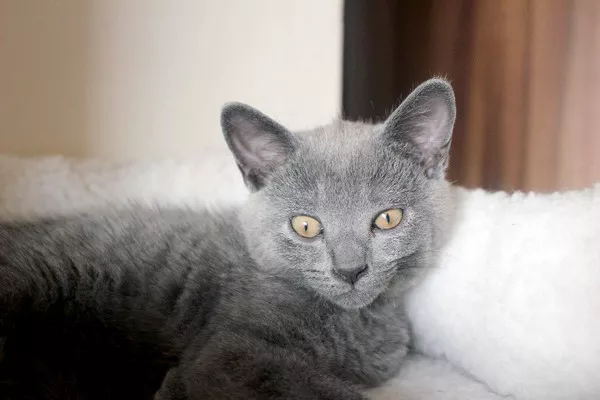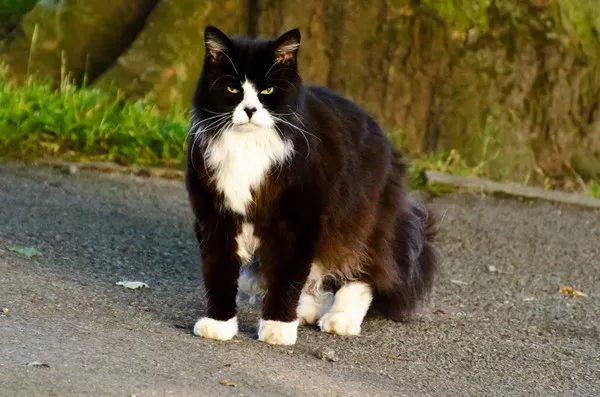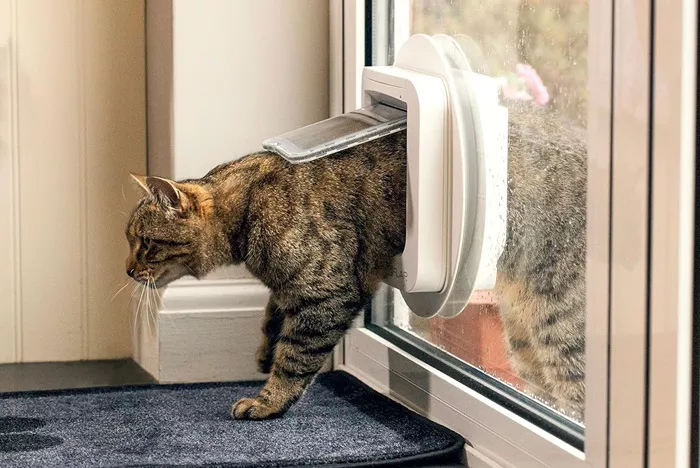Chartreux cats are renowned for their unique appearance, characterized by their robust build, round faces, and dense, woolly coats. While Chartreux cats are known for their plush and luxurious fur, the timing and extent of their fluffiness can vary based on factors such as age, genetics, and environmental conditions. In this comprehensive guide, we’ll explore the development of your Chartreux cat‘s coat, shedding light on when you can expect your feline friend to achieve maximum fluffiness and how to care for their coat to keep it looking its best.
Understanding the Chartreux Coat
Before delving into the specifics of when your Chartreux cat will get fluffy, let’s first understand the characteristics of the Chartreux coat. Chartreux cats have a dense double-layered coat that consists of a soft, woolly undercoat and a slightly coarser outer coat. This double-layered structure provides insulation, protection, and water resistance, making it well-suited for the cat’s original purpose as a skilled hunter and companion.
The Chartreux coat is known for its unique texture, which is often described as “woolly” or “cotton-like.” The coat should feel dense and plush to the touch, with a slight resilience and resistance to matting. The coat color is typically blue-gray, ranging from pale silver to deep slate, with a lustrous sheen that adds to the cat’s overall elegance and charm.
Coat Development in Chartreux Cats
The development of your Chartreux cat’s coat follows a predictable pattern, with distinct phases of growth and shedding throughout the year. Understanding these phases can help you anticipate when your cat will achieve maximum fluffiness and how to support their coat health at each stage:
Kitten Coat: When Chartreux kittens are born, they have a short, soft coat that provides minimal insulation and protection. As they grow and mature, their coat gradually thickens and lengthens, becoming denser and more plush over time.
Adult Coat: By around 2 years of age, Chartreux cats typically reach their full adult coat, characterized by a dense, woolly texture and rich blue-gray coloration. At this stage, the coat should be at its fluffiest and most luxurious, providing maximum insulation and comfort for your feline friend.
Seasonal Shedding: Like many other cat breeds, Chartreux cats undergo seasonal shedding cycles, during which they shed their old coat to make way for a new one. Shedding typically occurs in the spring and fall as the cat’s body adjusts to changes in daylight and temperature. Regular grooming can help minimize shedding and keep your cat’s coat looking healthy and shiny year-round.
Factors Influencing Fluffiness
Several factors can influence when your Chartreux cat will achieve maximum fluffiness and the overall quality of their coat. These factors include:
Genetics: Genetics play a significant role in determining the length, thickness, and texture of your Chartreux cat’s coat. Cats with parents and ancestors who had plush, woolly coats are more likely to inherit similar coat characteristics.
Age: As Chartreux cats mature from kittens into adults, their coat gradually develops and reaches its full potential. The timing of when your cat achieves maximum fluffiness may vary depending on individual growth rates and genetic factors.
Health and Nutrition: A balanced and nutritious diet is essential for supporting healthy coat growth and maintenance in Chartreux cats. Providing your cat with high-quality cat food that is rich in protein, essential fatty acids, vitamins, and minerals can help promote a soft, shiny, and resilient coat.
Grooming Practices: Regular grooming is key to keeping your Chartreux cat’s coat looking its best. Brushing your cat’s coat regularly helps remove loose fur, dirt, and debris, preventing matting and tangling. Additionally, grooming stimulates the skin and distributes natural oils throughout the coat, promoting a healthy and glossy appearance.
Caring for Your Chartreux Cat’s Coat
To keep your Chartreux cat’s coat looking fluffy and luxurious, incorporate the following grooming practices into your routine:
Brushing: Use a soft-bristled brush or grooming mitt to gently brush your Chartreux cat’s coat at least once or twice a week. Pay special attention to areas prone to matting, such as behind the ears, under the chin, and along the back.
Bathing: Chartreux cats are generally clean and low-maintenance, so bathing is not usually necessary unless they get exceptionally dirty or encounter a substance that cannot be removed through grooming alone. Use a gentle cat shampoo formulated for sensitive skin and rinse thoroughly to remove any residue.
Trimming: Periodically trim your Chartreux cat’s nails to prevent them from becoming overgrown and causing discomfort. Additionally, trim any excess fur around the eyes, ears, and paw pads to keep your cat looking tidy and reduce the risk of matting.
Dental Care: Dental health is essential for your Chartreux cat’s overall well-being. Brush your cat’s teeth regularly using a toothbrush and toothpaste specifically designed for cats to prevent dental disease and maintain fresh breath.
Conclusion: Embracing Your Chartreux Cat’s Fluffy Charm
In conclusion, Chartreux cats are prized for their distinctive appearance, including their plush and luxurious coat. While the timing and extent of your Chartreux cat’s fluffiness may vary based on factors such as age, genetics, and grooming practices, providing proper care and attention to their coat can help keep it looking its best. By understanding the development of your Chartreux cat’s coat, implementing regular grooming routines, and ensuring a balanced diet and healthy lifestyle, you can embrace and appreciate your cat’s fluffy charm for years to come.



























